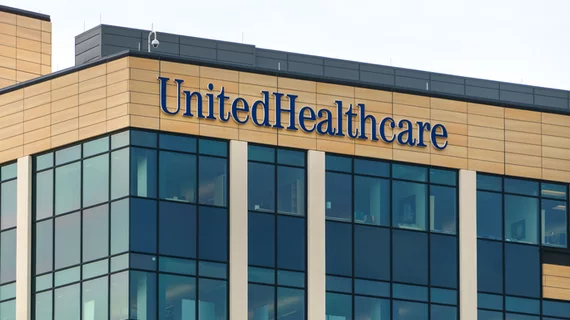UnitedHealthcare launches program steering patients toward low-cost imaging centers
UnitedHealthcare is rolling out a program that grades imaging providers based on established quality and efficiency metrics, offering patients tiered cost benefits for going to such facilities.
Hospitals and freestanding imaging centers contracted with UHC must submit an online questionnaire demonstrating their services meet certain thresholds required to become a Designated Diagnostic Provider. When the program begins on July 1, plan members will pay lower out-of-pocket costs for undergoing imaging at these facilities.
UHC implemented a similar program for diagnostic lab services last year and says its imaging program is designed to protect patients from expensive radiology services.
“Including these standards of care into our Designated Diagnostic Provider benefit design is an important step to improving the member experience and making healthcare more affordable by addressing the high cost of certain services that can be performed at a lower cost by different providers,” UHC said on its website.
All providers are judged on the same quality measures, including accreditation status, timeliness of care and test results, and submission of electronic images. Efficiency metrics, meanwhile, all include the same cost target.
Providers that do not meet the tier one standards for a Designated Diagnostic Provider will fall into the second tier. These facilities will remain in-network, but patients will not receive the same benefits, including facing higher out-of-pocket expenses.
UHC fully insured small group commercial plan members received access to these benefits as of Jan. 1. Large group members will see benefits as of July 1.
“The American College of Radiology will continue to engage with UnitedHealthcare as questions and/or concerns about the program arise,” the college said in a statement on Friday. “The ACR encourages providers that receive the survey to complete it as soon as possible.”

